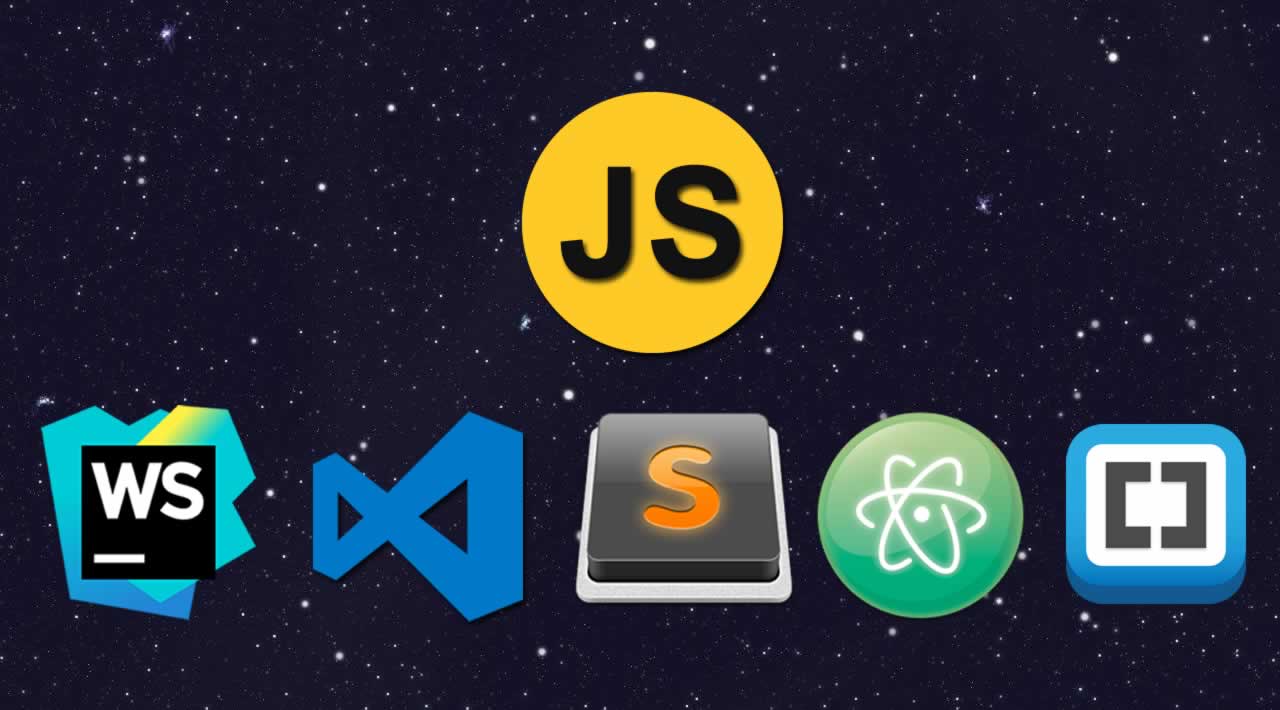The code editor is the main tool for every developer who tucks in: somebody evaluates functionality, mobility, for somebody the main thing is design and convenience.
Somebody even likes to write code in Notepad, but it is the same situation as when you try to build a house with the help of a single small bench hammer.
JavaScript is powerful and demanding programming language. From one side, there are many frameworks and libraries. From another side, not such a simple syntax and a lot of dangers connected with “dynamics”. For this reason, you need to choose a proper code editor. The right choice will provide you with code cleanness, high development speed, minimum of mistakes and fun from work. You will definitely spend a large amount of time to choose one editor from hundreds of options. For this reason, we have done for you. Here we want to provide you with the 5 best options.
1.WebStorm
Webstorm by JetBrains is good in both directions: as IDE, it supports the version control system, as an editor, it supports standard facilities like syntax highlighting, autocompletes, navigation.
WebStorm Advantages:
- LiveEdit – view the changes made in the code without the need to save it;
- interaction with frameworks, for example, React, Angular, Meteor;
- more than a hundred built-in error detection tests;
- integration with Mocha, Protractor, Jest, Karma for unit tests;
- full-scale debugger for debugging code on the server and client sides;
- navigation which allows you to work with several files simultaneously;
- code autocomplete, syntax highlighting.
Disadvantages:
- it costs it costs $129 for the first year;the functionality is abundant for the beginners.29 for the first year;
- the functionality is abundant for the beginners.
2.Visual Studio Code
IDE Visual Studio derivation, focus on working with the code. It is easy-to-learn, convenient in-use, being functional.
Advantages:
- context autocomplete both for syntax and used variables, modules, and functions;
- debugger with breakpoints, call stack, interactive console;
- snippets and templates support;
- Git integration;
- Convenient and easy-to-use interface;
- free editor.
Disadvantages:
- few plugins.
3.Sublime Text
A convenient and time-tested cross-platform editor, with a customizable interface and the ability to perform trivial actions using hotkeys.
Advantages:
- hotkeys;
- navigation through code using a minimap;
- an ability to change the theme;
- snippets support;
- highlighting and autocomplete of variable and syntax;
- multiple edits using pointers;
- build systems support;
- syntax check right during input;
- a bunch of plugins;
- autosave.
Disadvantages:
- the full version is $70;
- lack of code analyzer for link placement.
4.Atom Editor
Atom appeared in 2015 by Git, copying the Sublime Text design and shelled by Chromium.
Advantages:
- more than 50 opened modules;
- convenient and comfortable interface;
- it is free;
- autocomplete and highlighting of code;
- package manager with a number of more than 3.5k;
- flexible editor settings of connecting packages, interface themes;
- edition and navigation using hotkeys.
Disadvantages:
- not a high performance;
- nothing from out-of-the-box.
5.Brackets
In 2014, Brackets scared developers through bugs and flaws. However, it now gradually returns confidence with new high-quality functionality.
Advantages:
- rich out-of-the-box functionality;
- Live Preview mode — Preview of browser edits in real time;
- package manager;
- showing images and colours used in the code;
- autocomplete and syntax highlighting;
- code analyzer;
- free.
Disadvantages:
- strict orientation on the web and HTML + CSS + JavaScript;
- slow development;
- poor performance because of preview functionality.
*Originally published by Sam Smile at *writeabout.tech
#javascript #web-development
